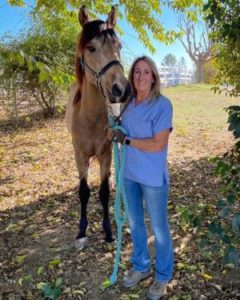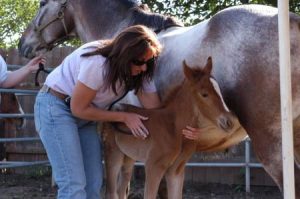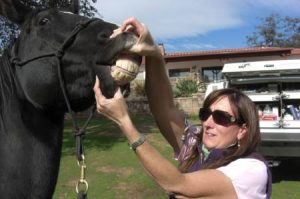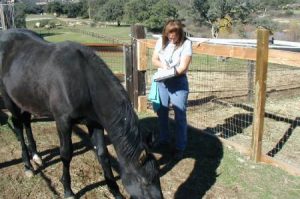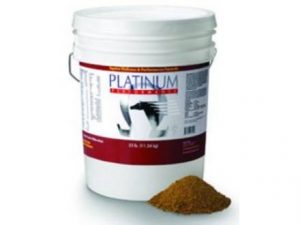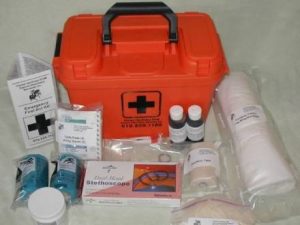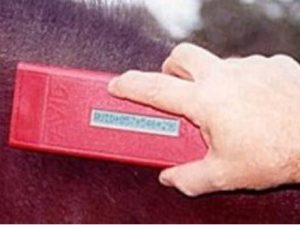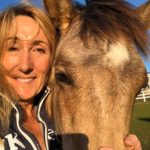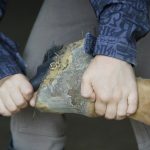Crib-biting, windsucking, weaving and box walking
These are also known as stable vices. They are repetitive actions, which appear to serve no useful purpose.
Crib-biting involves chewing wooden structures in the stable or paddock. In some horses there may be a dietary reason but in most it is just a habit probably developed to relieve boredom.
Windsucking involves biting onto a door, feed manger, fence rail or other wooden surface and appearing to gulp in air. This habit can lead to colic or failure to thrive with some horses developing a ‘pot bellied’ appearance. Most windsuckers will stop this behaviour if a “windsucking strap” is applied tightly around the throat. An operation to cut the throat muscles used during windsucking is sometimes performed on persistent cases but this is only successful in some.
Weaving is the habitual swaying movement performed often across the stable door or along a fence or wall. It is usually a sign of boredom or anxiety. Some horses with stop if a ‘V’ shaped grill is placed on the stable door.
Box walking involves repeated episodes of aimless walking either around the stable or along a wall. Attempts to control this behaviour include supplying the horse with ‘toys’ to relieve boredom or placing obstacles such as rubber tyres in the stable to impede progress. In the case of both weaving and box walking, horses tend to be worse if upset or unsettled.
These behavioural problems are often due to pain. You should ask Dr. Garfinkel to examine your horse or pony if it suddenly develops such behaviour. If there is no obvious clinical problem, it may be helpful to test dose with an analgesic (painkilling) drug, e.g. phenylbutazone, for a few days or weeks to see if the behaviour improves. If improvement occurs, further investigations, including examination of the teeth, neck and back, and inspection of the horse’s tack, are indicated.
Horse-rider incompatibility is sometimes a cause of such abnormal behaviour. The horse should be ridden by another, competent rider to see if the abnormal behaviour continues. If a change of rider or of location alters the behaviour, there is not likely to be a clinical cause. If a clinical cause is found, appropriate treatment can be given. In other cases it may be worth enlisting the help of an experienced horse person or someone who specialises in ‘difficult’ horses.

